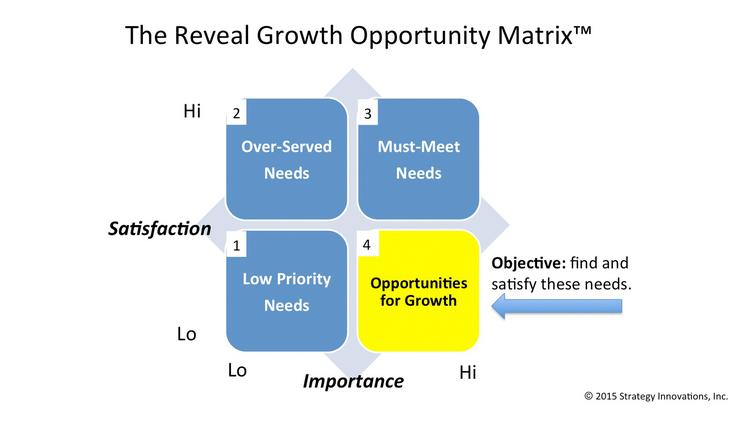Why You Should Forget About Exceeding Customer Expectations
Our modern business literature is filled with books and articles from experts who advise businesses to exceed customer expectations and over-deliver as a way to delight customers, build loyalty, improve retention, increase referrals and drive growth. This thinking is so entrenched in corporate America that it often goes unchallenged.
Yet, despite its widespread acceptance, trying to exceed customer expectations indiscriminately is a poor objective that misallocates resources and destroys company value. Here’s why.
Needs vs. expectations
Attempting to exceed expectations where customer needs are already highly satisfied is a waste of time and resources because no additional value can be generated. If I just ate a huge dinner and my hunger is satiated, I am not going to be delighted by your offer to give me a free dessert. As a matter of fact, I might even be annoyed that you didn’t offer it earlier so that I could have saved room.
Customer needs are different from customer expectations. Customer needs are best defined as “the functional, emotional, social, and experiential jobs that people want to get accomplished.” They are separate and distinct from the products and services that companies create to address those needs.
Customer expectations, on the other hand, are based on the customers’ experience with current offerings. Most offerings satisfy some needs very well and others poorly. The real question is, “Where are the customers’ important unsatisfied needs?” Only addressing them better than current offerings will exceed expectations and delight customers.
Plot your customers’ needs
Look at the figure below to understand this further. The Reveal Growth Opportunity Matrix is a way to plot a comprehensive set of your customers’ needs according to how important the needs are to be accomplished, and how satisfied customers are with the ability to accomplish them given current solutions available in the marketplace.

Quadrant 1 includes needs that are neither important nor well-satisfied (low priority needs). Managers may want to attempt to satisfy these needs further to exceed expectations and delight customers, but in many cases, this would be to “major in the minors” and misallocate resources when much better opportunities to delight customers exist.
Quadrant 2 includes needs that are highly satisfied, but not important (over-served needs). Any needs in this quadrant suggest that there may be an opportunity to disrupt the market by removing functionality from your offering and reducing the cost. This can create a competitive advantage by delivering an offering that is more in line with what customers want.
Quadrant 3 includes needs that are important and well satisfied (must-meet needs). These needs are called “must-meet” because you must satisfy them or you will put your offering at a competitive disadvantage since the competition is satisfying them. Because current solutions are already delivering high satisfaction on these needs, you can’t exceed expectations or deliver additional value here, so don’t bother.
Quadrant 4 includes needs that are important and unsatisfied (opportunities for growth). The more important and less satisfied a need is, the greater the opportunity for new value creation, exceeding expectations, delighting customers, and driving growth. These needs are worthy of your focus. This is where your customers and your company will get the biggest bang for your buck.
Forget about making “exceeding customer expectations” your company’s mantra. Instead, get your company laser-focused on finding and addressing your customers’ important unsatisfied needs. This will delight customers, build loyalty, improve retention, increase referrals, create competitive advantage and thereby drive growth.
(A version of this article first appeared in The Business Journals, June 16, 2015)




